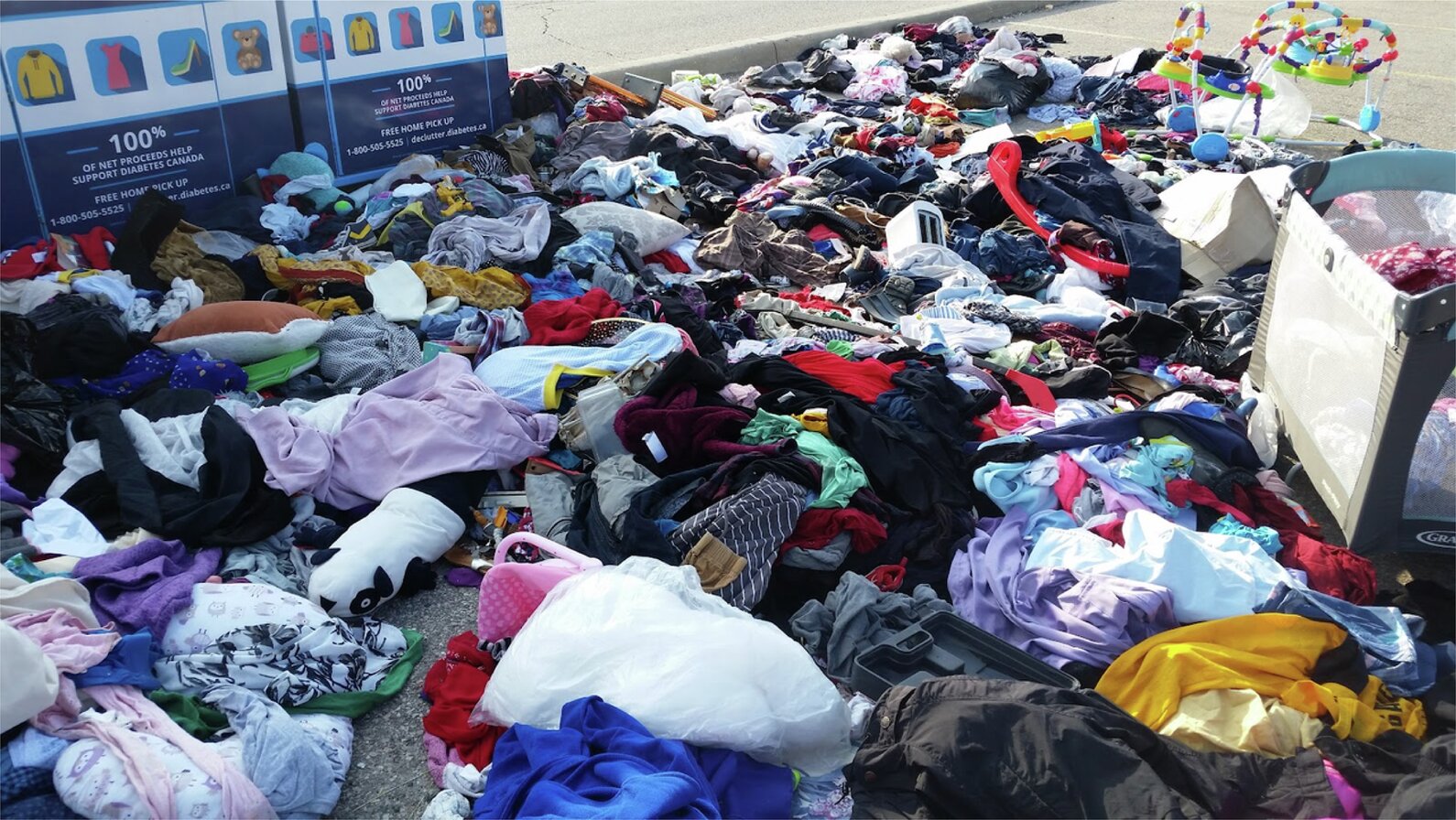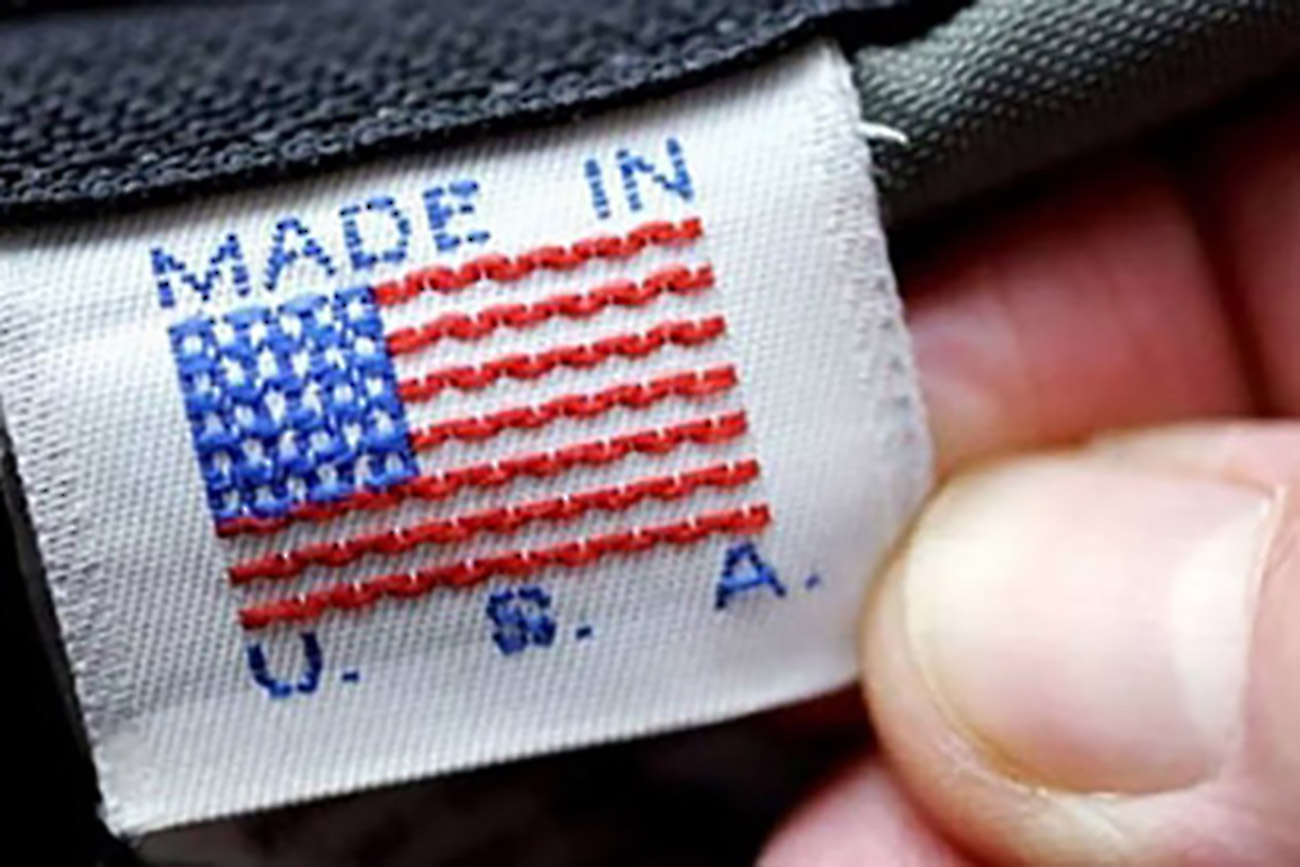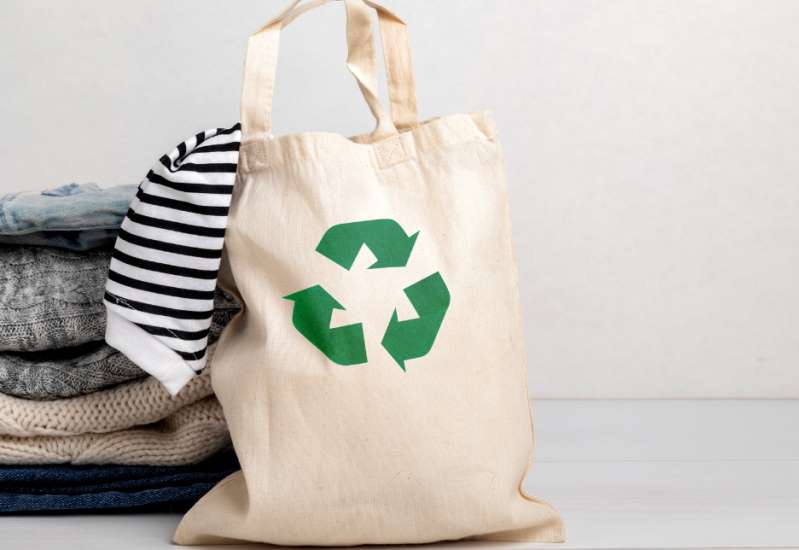
There was much concern in Vietnam about textile and apparel exports during the pandemic as the country’s textile and garment products account for a global market share of 5.2 per cent, making Vietnam the world’s third largest textile exporter. As per Vietnamese General Department of Custom stats, the sector recovered with a 14.7 per cent increase in 2022 compared to 2021. The sector closed November 2022 at $37.57 billion.
Textiles and garments are the Southeast Asian country's second-largest export earner, after smartphones. The country is among the world's largest manufacturers for brands like Nike, Calvin Klein, Mango, Zara and H&M. The overall performance in 2022 has enabled the sector to recover from the gloom of 2020 and 2021. As per the Vietnamese Textile and Apparel Association, the export target for textile, apparel and yarn was set at $43 billion and due to decrease in yarn export by 13.6 per cent the target was under question.
In terms of Vietnam’s traditional export markets, US remains its biggest importer of textiles and apparel, up 7.9 per cent in 2022 and valued at $17.36 billion. The European Union and Japan registered a significant growth with an increase of 34.7 per cent and 25.8 per cent in imports from Vietnam respectively, valued at $4.46 billion and $4.07 billion. Neighboring South Korea’s textile and apparel import in 2022 from Vietnam was valued at $3.05 billion.
Mixed bag of results in 2022
Despite the 14.7 per cent growth, some of the big names in the sector posted large losses and recovery seems a bit way off for them. CAFEF, Vietnam’s leading financial-trading-securities information center compiled data from 15 leading listed textile and apparel companies to show that the total consolidated tax in the fourth quarter of 2022 was $18.7 million, down a whopping 63 per cent from the fourth quarter of 2021.
One of the main reasons was of course the dramatic drop of the Vietnamese Dong against the US dollar in 2022, combined with declining demand as most global markets stepped cautiously into 2023, bracing themselves against economic crises, inflation and recession. Local newspaper Quan doi nhan dan reported local businesses executives indicate that up until mid-2023, the main factors affecting the garment and textile sector would be high interest rates and inflationary pressure.
Leading company Vinatex created a record of sorts for itself by registering its first quarterly loss of VND 5 billion. Last year its profit after tax was VND 450 billion. However, for the whole of 2022, Vinatex still made a profit of more than VND1 trillion, down 20 per cent year-on-year thanks to the large profit in the year's first half. Vinatex was particularly let down by the near-zero market liquidity in yarns and its subsidiary fiber units also performed poorly.
Garmex Saigon Corporation also suffered a loss of approximately VND59 billion in the fourth quarter, while it posted a profit of nearly VND35 billion in 2021.Garmex was particularly unfortunate due to quality-related issues that led to shutting down and renovating its production process in August 2022, leading to a large pile up of inventory that had been tagged for their quality issues. Other reputable manufacturers such as Song Hong Garment, Century Synthetic Fiber Corporation, and Everpia experienced profit decrease of about 40 to 50 per cent over 2021.
On the other hand, the Phong Phu Corporation turned out to have the most profitable 2022 with VND 99 billion profit after tax. This was a 42 per cent increase from 2021. The Thanh Cong Textile Garment Investment Trading also experienced phenomenal profit after tax in 2022 which valued at VND 60 billion was a 140 per cent increase.
2023 will be a year of challenges
As the jubilation of 2022 settles down, Vietnamese textile and apparel sector look at a year filled with challenges. Input costs, labour costs and a looming economic recession could stretch up until at least the middle of the year and many fear that it will go beyond that. With domestic demand in high-value markets like the US, the EU, Japan and South Korea shrinking in fear of impending recessions, Vietnamese manufacturers may have to cut down on production lines and labour.












